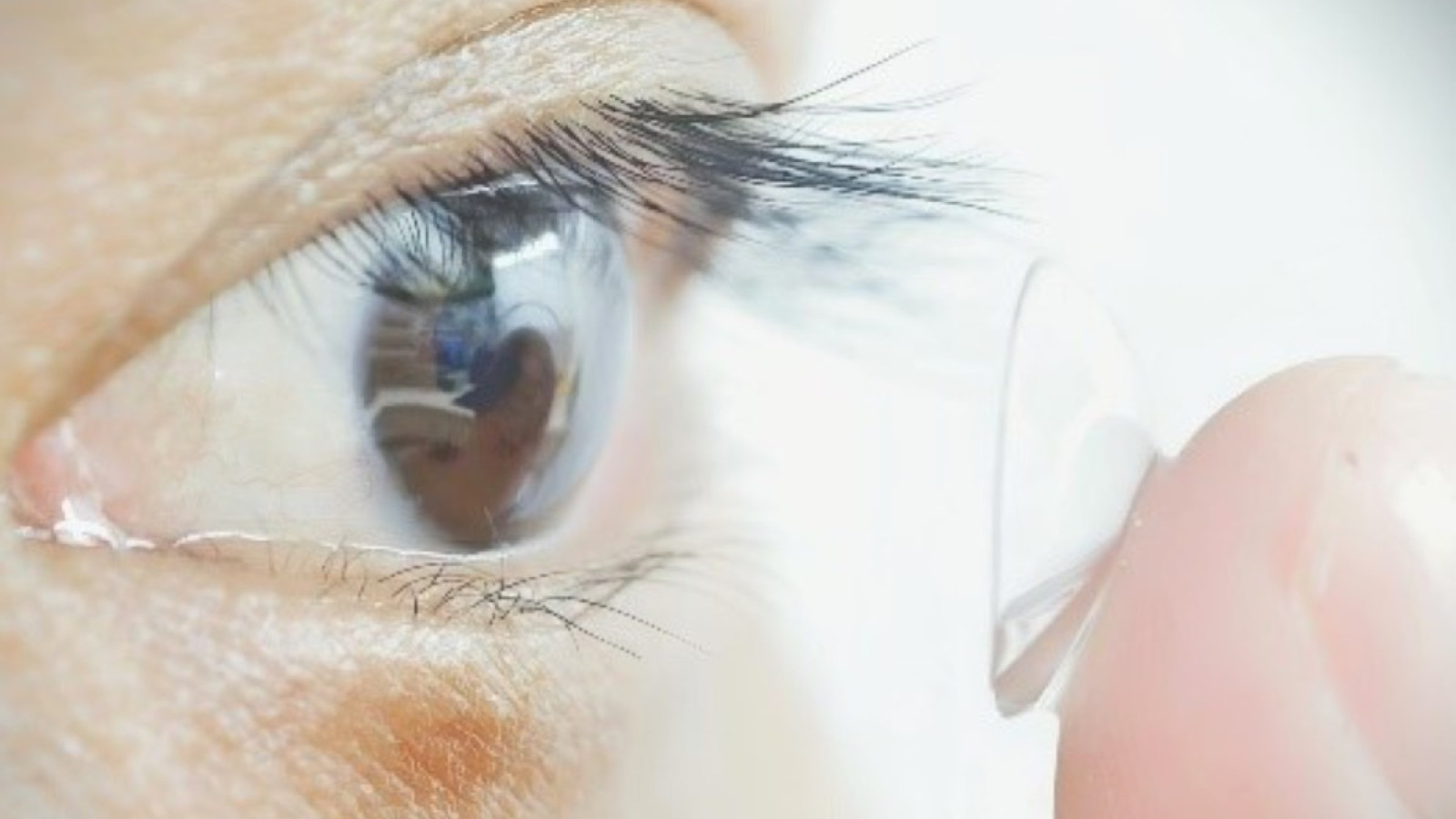3 Minutes
Revolutionizing Night Vision: Infrared Contact Lenses
For decades, night vision technology has been synonymous with bulky goggles and cumbersome equipment. However, recent advancements in material science have paved the way for a groundbreaking innovation: infrared contact lenses. These lenses promise to transform how we perceive the world in low-light conditions, offering a seamless and unobtrusive solution for night vision.
The Science Behind Infrared Vision
Human vision is limited to the visible spectrum, typically ranging from 400 to 700 nanometers. Infrared light, with longer wavelengths, remains invisible to the naked eye. To bridge this gap, scientists have turned to graphene—a single layer of carbon atoms known for its exceptional electrical and optical properties. Graphene's ability to detect the entire infrared spectrum, as well as visible and ultraviolet light, makes it an ideal candidate for developing advanced optical devices.
Graphene: The Key to Infrared Detection
Researchers at the University of Michigan have developed an ultrathin light detector utilizing graphene that can sense the full infrared spectrum at room temperature. Unlike traditional infrared detectors that require bulky cooling systems, this graphene-based detector operates efficiently without additional equipment. "We can make the entire design super-thin," said Zhaohui Zhong, assistant professor of electrical and computer engineering. "It can be stacked on a contact lens or integrated with a cell phone."
Overcoming Sensitivity Challenges
One of the primary challenges in using graphene for infrared detection has been its low light absorption—approximately 2.3% of incident light. This limited absorption results in weak electrical signals, insufficient for practical applications. To address this, the research team introduced an insulating layer between two graphene sheets and applied an electric current to the bottom layer. When infrared light strikes the top layer, it frees electrons, creating positively charged holes. These electrons tunnel through the barrier to the bottom layer, affecting the current flow. By measuring these changes, the device can effectively detect infrared light.

Potential Applications and Market Impact
The implications of this technology are vast. Integrating infrared detection into contact lenses could revolutionize various fields:
- Military and Security: Soldiers equipped with night vision contact lenses would gain a tactical advantage without the encumbrance of traditional goggles.
- Medical Diagnostics: Healthcare professionals could monitor blood flow and detect abnormalities using non-invasive infrared imaging.
- Consumer Electronics: Embedding infrared sensors into smartphones and wearable devices could enhance functionalities, such as improved photography in low-light conditions.
Advantages Over Traditional Night Vision Devices
Infrared contact lenses offer several benefits compared to existing night vision technologies:
- Portability: Their compact design eliminates the need for bulky equipment.
- Energy Efficiency: Operating at room temperature without cooling systems reduces power consumption.
- Discretion: Users can maintain a natural appearance without visible gear.
Challenges and Future Prospects
Despite the promising developments, several challenges remain:
- Resolution and Clarity: Ensuring high-resolution imaging comparable to current night vision devices is crucial.
- Safety and Comfort: Long-term effects of wearing infrared contact lenses need thorough evaluation.
- Manufacturing Scalability: Producing these lenses at a commercial scale while maintaining quality and affordability is essential.
Researchers are optimistic about overcoming these hurdles. "If we integrate it with a contact lens or other wearable electronics, it expands your vision," Zhong stated. "It provides you another way of interacting with your environment." (news.umich.edu)
Conclusion
Infrared contact lenses represent a significant leap forward in night vision technology. By harnessing the unique properties of graphene, scientists are on the brink of delivering a lightweight, efficient, and user-friendly solution for seeing in the dark. As research progresses, these lenses could soon transition from the laboratory to real-world applications, transforming industries and everyday experiences alike.


Comments